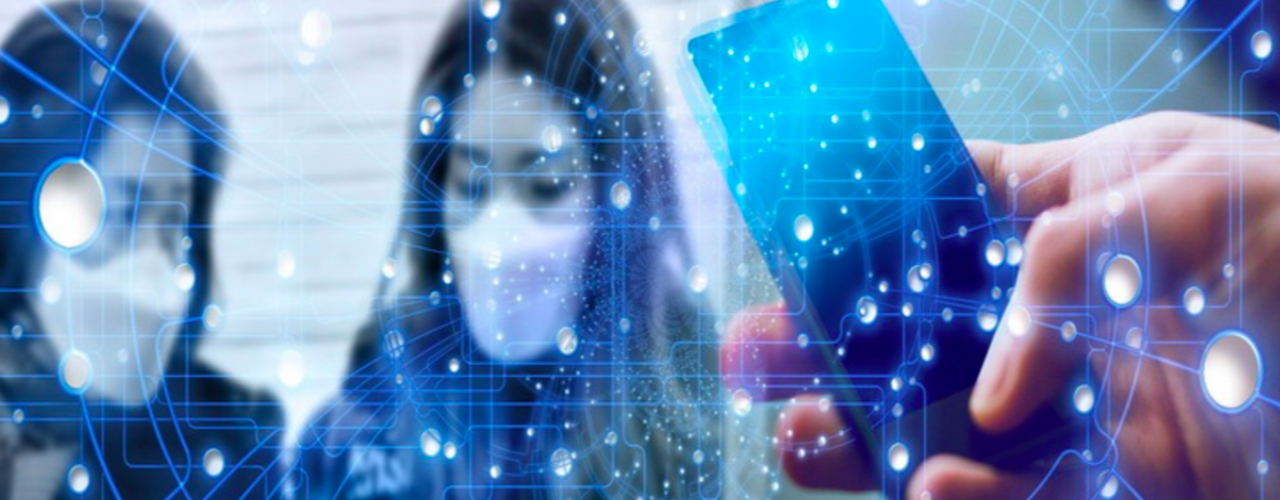Just a century ago, a person might have only a handful of photographs of themselves or their family. Today, we have the ability to capture almost every moment of our lives — from our child’s first steps to a casual dinner with friends, all stored digitally. But this goes beyond just photos. Emails, WhatsApp messages, social media posts, and even the data recorded by our smartwatches contribute to an ever-growing archive of our personal history.
With this explosion of digital memory comes questions about how we should view this transformation. “People have very different intuitions about how this increase in recorded life episodes should be evaluated,” says Dr. Fabian Hutmacher, a researcher at the Chair of Psychology of Communication and New Media at Julius-Maximilians-Universität (JMU) Würzburg, Germany. “Some hope that digital tools will help us overcome the weaknesses of human memory, while others worry that they might lead to surveillance and privacy issues.”
Dr. Hutmacher, along with Professor Markus Appel from JMU and Professor Stephan Schwan from the Leibniz-Institut für Wissensmedien in Tübingen, has explored this topic in an article published in Psychological Inquiry. Their research delves into the complex interplay between human memory and digital data in today’s world.
The Evolution of Memory: From Cave Paintings to Cloud Storage
Humans have always used external tools to aid memory. Thousands of years ago, cave paintings and oral traditions were methods of preserving knowledge and history. Today, we have smartphones and cloud storage. Dr. Hutmacher explains, “What sets digital resources apart is not just the sheer volume of recorded moments, but the ability to create a searchable database, often accessible anytime and anywhere.”
These digital tools allow us to organize and even reimagine our memories. With technologies like artificial intelligence, we can curate digital albums or rearrange past events. Professor Schwan adds, “This capability can profoundly influence how we perceive our past experiences.”
Furthermore, different digital tools serve different purposes. For instance, tracking data such as heart rates or sleep patterns can help us identify behavioral trends over time, while photos and videos are more often used for reflecting on personal memories.
A Glimpse into the Future: Opportunities and Challenges
The use of digital data for autobiographical memory has vast potential. On one hand, digital tools could assist people with memory disorders, like dementia, in recalling daily tasks or meaningful events. They could also play a role in preserving memories of significant historical events, such as testimonies from survivors of the Holocaust.
However, these technologies also come with risks. The possibility of manipulating digital data — for example, through deepfakes — raises concerns not only in the political sphere but also about our own personal memories. As Hutmacher notes, “In most cases, we still lack reliable data to definitively weigh the opportunities against the risks.”
Looking ahead, Dr. Hutmacher hopes to deepen our understanding of the relationship between digital records and human memory. He plans to study how this data can be organized in ways that enhance memory recall. His research, funded by the Young Academy of the Bavarian Academy of Sciences and Humanities, seeks to unravel how digital memories shape our identity and humanity.
As our lives become increasingly intertwined with digital records, the question remains: How will this data change the way we remember, and how will it change us?











